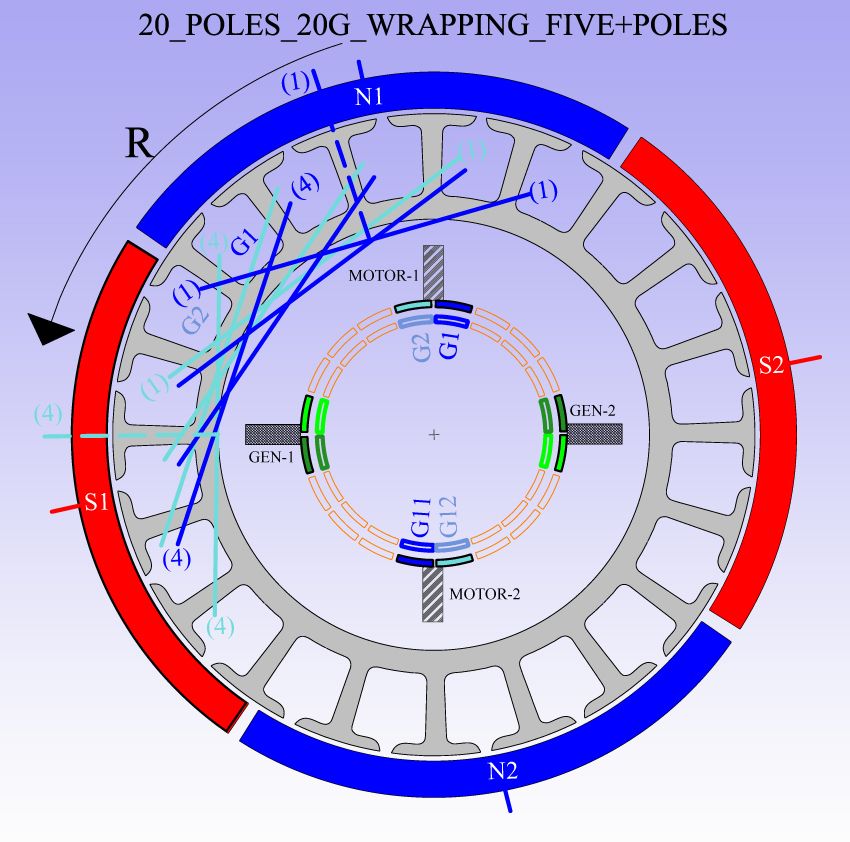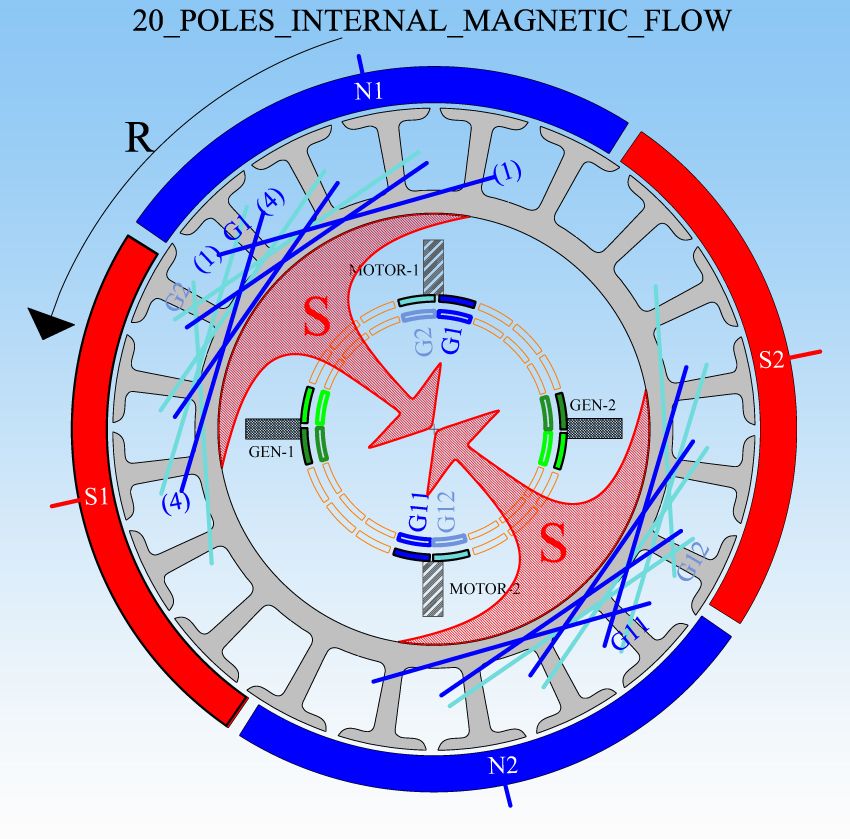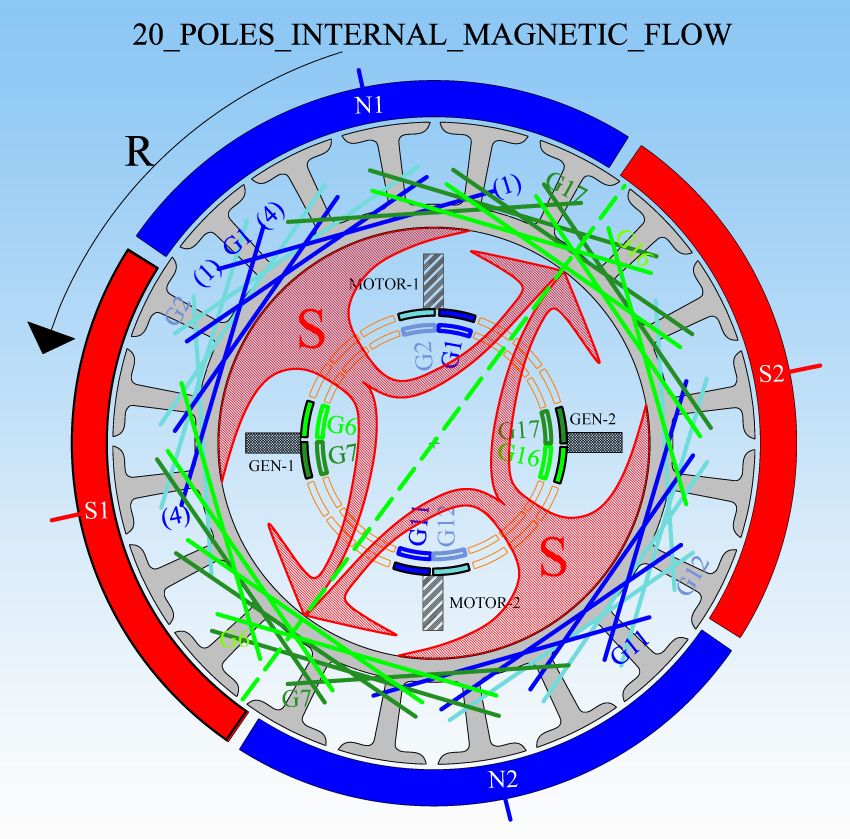Originally posted by joel321
View Post
Since you like brushless, check out UFOs asymmetric brushless motor videos part 1 & 2

It's our future focus
https://m.youtube.com/watch?v=JmTxv1pWFaQ
Keep it Clean and Green

Midaz










Leave a comment: